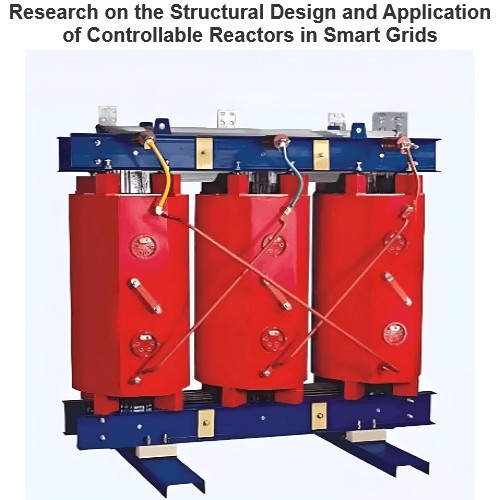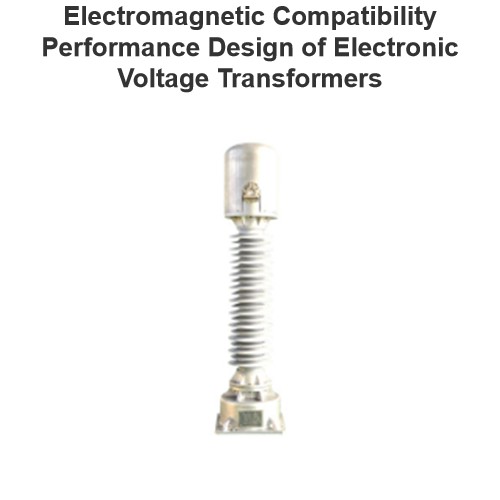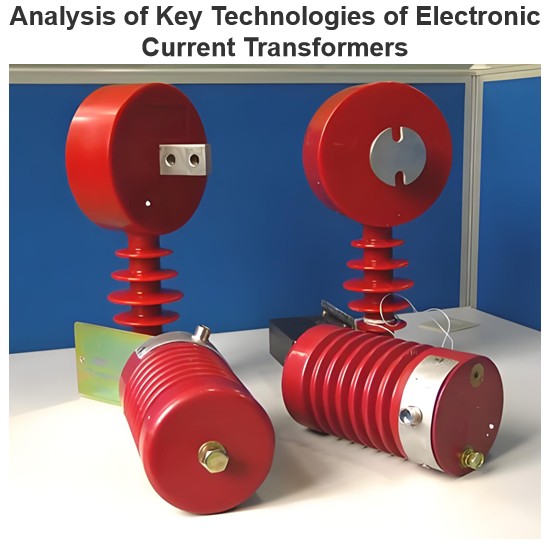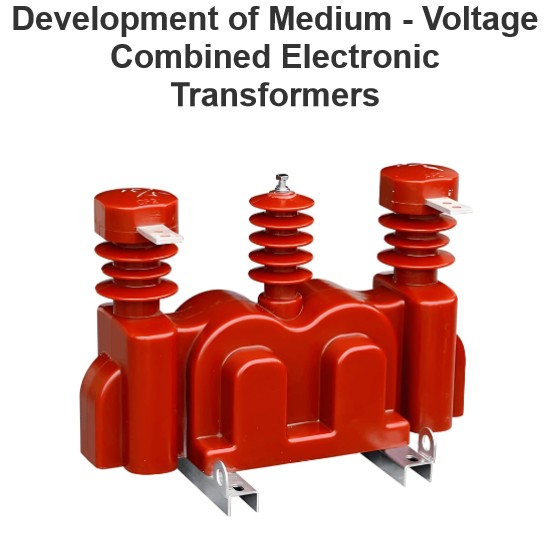Design Calculations for Neutral Grounding Schemes and Grounding Transformer Sizing in Utility-Scale Solar PV Plants
1 Classification of Neutral Grounding Methods for Solar Photovoltaic Power Stations
Influenced by differences in voltage levels and grid structures across regions, the neutral grounding methods of power systems are mainly categorized into non-effective grounding and effective grounding. Non-effective grounding includes neutral grounding via arc suppression coils and neutral ungrounded systems, while effective grounding comprises neutral solid grounding and neutral grounding via resistors. The selection of a neutral grounding method is a comprehensive issue, involving considerations of relay protection sensitivity, equipment insulation levels, investment costs, power supply continuity, operation and maintenance difficulty, fault scope, and impact on system stability.
1.1 Non - effective Grounding
1.1.1 Neutral Grounding via Arc Suppression Coils
An arc suppression coil is installed at the system neutral point. During faults, inductive current compensates the system's capacitive current, and the grounding - point fault current is the residual inductive current post - compensation. When a single - phase grounding fault occurs, the coil compensates the capacitive current to quickly extinguish the grounding arc, suppressing intermittent arcs and overvoltage. The system can keep running for a while after the fault, suiting high - reliability power supply scenarios.
Key characteristics:
- Protection & Operation: Small grounding current makes ordinary zero - sequence current protection lack sensitivity, requiring complex single - phase grounding protection. The coil must work in over - compensation mode; operators need to adjust parameters timely with grid changes, complicating maintenance.
- Configuration: Avoid concentrated installation of multiple coils or single - coil setup to prevent compensation failure.
- Applicability & Limitations: Suits systems with large single - phase grounding capacitive currents, reducing equipment thermal effects and enabling short - term continuous power supply. But relay protection can’t quickly cut off faults in medium - large PV stations. Thus, it’s less used in MW - level and above PV stations and 10 kV/35 kV busbars, with early arc - suppression - coil systems being retrofitted.
1.1.2 Neutral Ungrounded
Neutral ungrounded systems (non-effective grounding) feature fault currents from line/equipment capacitive coupling during single-phase faults, with no short-circuit loop. This allows 1–2 hours of faulted operation due to low currents and maintained interphase voltages, but risks arc reignition overvoltage requiring high insulation. Suitable for small capacitive currents (e.g., PV inverter AC sides, un 引出 neutral LV transformers).
1.2 Effective Grounding
1.2.1 Neutral Solid Grounding
Offers high fault current, sensitive protection, low overvoltage, and relaxed insulation, but risks reduced reliability from excessive grounding currents and severe communication interference. Common in ≥50 MW PV stations' ≥110 kV HV transformers, with neutral isolation switches/lightning arresters for flexible grounding.
1.2.2 Neutral Resistance Grounding
Injects active current > capacitive current via neutral resistors, enabling high-sensitivity zero-sequence protection for rapid fault isolation. Advantages:
- Stable parameters: No adjustments needed during initial operation.
- Insulation economy: Low insulation requirements from quick fault clearance.
- Application: Long cable systems, high-capacity transformers/motors, and PV stations with high capacitive currents.
- Voltage hierarchy:
- ≥220 kV: solid grounding
- 66–110 kV: majority solid, minority non-solid
- 6–35 kV: majority non-solid, minority solid
2 Grounding Transformer Capacity Calculation
For MW-scale PV stations' 10/35 kV buses (resistance grounding), dedicated grounding transformers are needed if neutrals are un 引出. Calculation steps:
- Primary voltage: Match system bus voltage.
- Capacitive current: Sum cable/overhead line currents plus substation equipment effects.
- Resistor value: Ensure rapid zero-sequence protection activation.
- Transformer capacity: Account for grounding resistor rating; include secondary loads if serving as station power.
3 Example of Grounding Transformer Capacity Calculation
3.1 Project Overview
A 50 MW centralized PV power station with fixed mounts at 1340 m altitude (annual avg. 3°C) requires no derating for altitude or humidity. Comprising 50×1 MW sub - arrays, DC is inverted and stepped up to 35 kV locally. Ten sub - arrays form a collector line feeding into a 35 kV single - bus system, then stepped up to 110 kV (solidly grounded neutral). The 35 kV step - up station includes LV main transformer, 5 PV collector lines, grounding transformer, station service transformer, reactive compensation, and PT circuits, with resistance grounding for the neutral.
3.2 Capacity Calculation of Grounding Transformer
3.2.1 Grounding Method
The grounding transformer’s primary rated voltage matches the 35 kV system voltage. 35 kV collector lines are mainly direct - buried cables (34 km total), with 2 km of overhead lines.
- Single - phase grounding capacitive current for 35 kV overhead collector lines:Ic1=3.3×UL×L×10−3=0.231A
- Single - phase grounding capacitive current for 35 kV cable collector lines:Ic2=0.1×UL×L=119A
( UL): grid line - to - line voltage (kV); L: line length (km))
With a 13% increase in the 35 kV substation’s capacitive current, the calculated single - phase grounding capacitive current of the PV station exceeds 10 A. Thus, the 35 kV bus neutral point uses resistance grounding.
3.2.2 Grounding Transformer Capacity
For the grounding resistor, the primary voltage UR≥21.21kV. In case of a single - phase fault, the earth - fault current is set to 150–500 A, so IR=400A, and with R=50.5Ω,PR≥UR×IR.In low - resistance grounding systems, the grounding transformer capacity is 1/10 of the fault current - corresponding capacity. As a separate station service transformer exists, secondary loads are ignored. Considering technical - economic factors, meteorological conditions, and altitude, the capacity is set to 1000 kVA.
4.Conclusion
The development of renewable energy such as photovoltaics conforms to the industrial development policies of countries worldwide. The neutral grounding method has an impact on aspects such as the design and operation of the power system. When selecting the neutral grounding method for the system, the impacts on the power supply reliability of the system and the insulation level of equipment, as well as the difficulty in implementing relay protection, should be comprehensively considered.
Focused on the design of electrical equipment, proficient in electrical principles and relevant specifications, and skilled in using design software. From intelligent substations to various types of electrical equipment, I am adept at optimizing design solutions, integrating new technologies. With practical experience and collaborative management capabilities, I deliver outstanding electrical design achievements.













